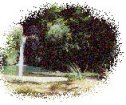
NEWS
DEN AND KITCHEN ARE NOT AVAILABLE

| The nature around B.-P. Park is very rich but suffers from the environmental condition of the vast Mignone River springs area. The vegetation is characterized, in the drier areas and in the more elevated areas, by the presence of oak forests (which lose their leaves when temperature goes down) dominated by white oak, and also by other kinds of trees that prefer more humid environments like Turkey oak, “farnia” oak (Quercus robur or pedunculata typical of western Europe), and hornbeam. There are also more water-loving species of tree in the valley near the crevices, frequently including examples of spontaneous vegetation that emerged in abandoned fields. |
Mignone River |
||
|
|
|||
| The woods are therefore mostly composed of white oaks, Turkey oaks, and some “farnia” oaks that, together with maples, hornbeams, and flowering ashes, create thick cover over the territory. The more humid areas are instead dominated by swampy trees, and near the crevices there are weeping willows, “salicornie” (herbaceous plants) and poplars. | |||
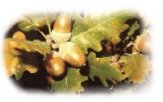
White oak: When in northern Lazio we say “oak” we are actually referring to the white oak. In fact, it’s the most common type of oak. The lower part of its leaves are covered by a whitish down, making it easy to recognize. |
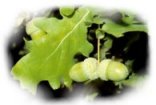
“Farnia” oak: This oak tree needs fertile and humid ground to grow on. Some rare and majestic examples line lawns and streets. It’s easily recognizable since it’s the only kind of oak whose acorns have a petiole. |
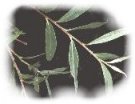
Willow: It’s recognized by the silver reflections on its leaves. Its roots keep swampy grounds solid. It spreads easily and every broken branch is potentially a new tree.
|
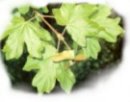
Maple: A few examples, no longer cropped, are now small trees with very thick foliage. |
| The ground is very rich in arbustive plants, among which many “rosaceae” (fundamental for birds’ nutrition) like dogroses, hawthorns, plum-trees, and wild apple trees. There are also hazel-trees, cornel-tree, medlars, and sorbs. | |||
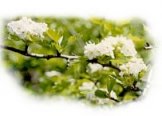 Hawthorns: This small tree blooms in the early springtime, decorating the hedges with white flowers. |
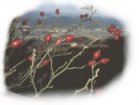 Dogroses: This plant’s flowers last only for a few days in spring, though its fruit resists all winter long and is eaten by many wild animals. |
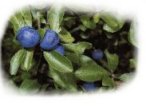 Plum-trees: The hedges formed by this tree are the most contorted, and its spiny branches discourage anyone from trying to pass through. Its fruit is very sour but birds enjoy it. |
|
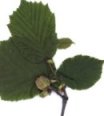
Hazel-trees: They are found around the edge of the woods. In October you can pick its fruit: chestnuts. In this area this plant is widely grown.
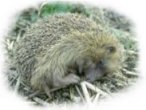
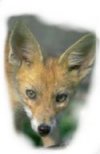

 woodpeckercuckoosmopoeowl
woodpeckercuckoosmopoeowl

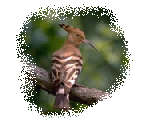


B.-P. Park is rich in caves and grottos, thanks to the presence of tuff which is easy to dig. Many of these caves have been used since the times of the Etruscans.



